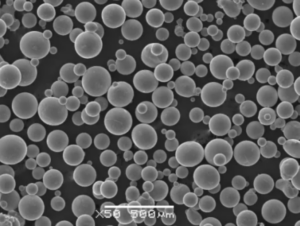Overview of WMoTaNbZr Powder
WMoTaNbZr powder is a high-performance, refractory metal alloy powder renowned for its exceptional thermal resistance, mechanical strength, and corrosion resistance. This specialized material combines five advanced metals: Tungsten (W), Molybdenum (Mo), Tantalum (Ta), Niobium (Nb), and Zirconium (Zr). Each element brings unique properties to the blend, creating a powder capable of enduring extreme conditions. Whether you’re diving into aerospace innovation, high-temperature applications, or cutting-edge manufacturing processes, WMoTaNbZr powder is a game-changer.
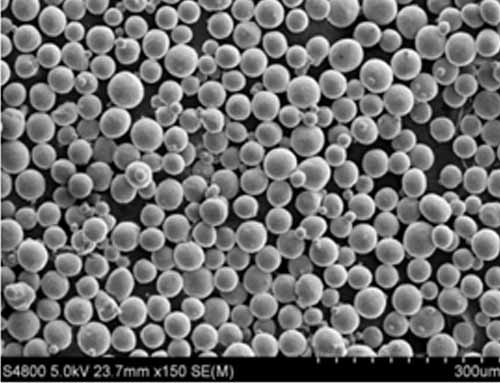
Composition of WMoTaNbZr Powder
WMoTaNbZr powder’s unique properties stem from its meticulous composition. Here’s a breakdown:
| Element | Typical Proportion (%) | Role in Alloy |
|---|---|---|
| Tungsten (W) | 30–40% | Enhances melting point and density. |
| Molybdenum (Mo) | 20–30% | Provides corrosion resistance and strength. |
| Tantalum (Ta) | 15–20% | Adds thermal stability and ductility. |
| Niobium (Nb) | 10–15% | Improves superconductivity and flexibility. |
| Zirconium (Zr) | 5–10% | Contributes oxidation resistance and durability. |
Characteristics of WMoTaNbZr Powder
Why is WMoTaNbZr powder so popular? Let’s dive into its key characteristics:
| Characteristic | Description |
|---|---|
| High Melting Point | Can withstand extreme temperatures, ideal for space and high-temperature environments. |
| Corrosion Resistance | Resilient against acidic and alkaline environments. |
| Density | High density provides exceptional strength and durability. |
| Thermal Conductivity | Superior thermal performance, ensuring stability in heat-intense applications. |
| Superconductivity | Niobium’s presence enhances electrical properties in advanced technological applications. |
| Oxidation Resistance | Zirconium minimizes oxidation, prolonging material lifespan. |
| Ductility | Tantalum ensures flexibility without compromising strength. |
Applications of WMoTaNbZr Powder
This material’s versatility makes it an essential component in numerous industries. Let’s explore its applications:
| Industry | Application |
|---|---|
| Aerospace | Components for rockets, turbines, and heat shields. |
| Nuclear Energy | Structural materials in reactors due to exceptional radiation resistance. |
| Medical Devices | Implants and prosthetics, offering biocompatibility and strength. |
| Additive Manufacturing | Used in 3D printing for high-performance tools and parts. |
| Electronics | Superconductors and capacitors for cutting-edge devices. |
| Defense | Armor and specialized equipment for extreme conditions. |




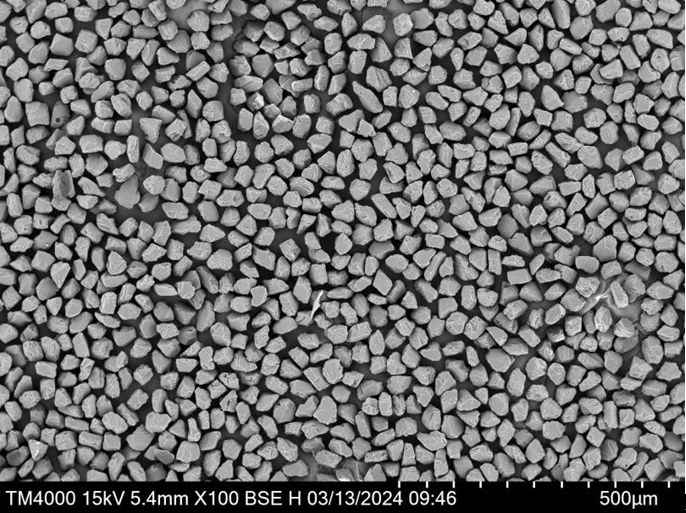
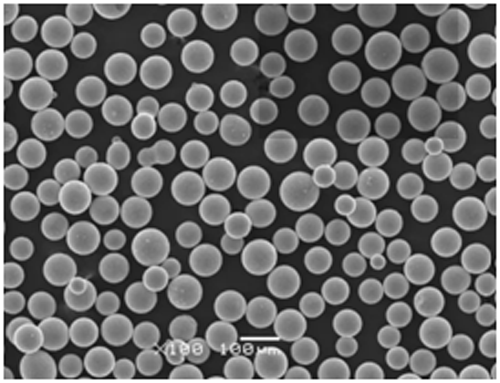
Top 10 WMoTaNbZr Powder Models
- WMoTaNbZr-1
Designed for aerospace, it offers superior thermal and mechanical properties. - WMoTaNbZr-2
Ideal for nuclear applications, this model has enhanced radiation shielding. - WMoTaNbZr-3D
Tailored for additive manufacturing, it ensures precise printing results. - WMoTaNbZr-Med
Optimized for medical implants, combining biocompatibility with structural integrity. - WMoTaNbZr-HR
A high-resistance variant, perfect for corrosive environments. - WMoTaNbZr-Lite
Offers a lighter weight alternative for applications requiring mobility. - WMoTaNbZr-Elite
Premium-grade powder for high-performance electronics. - WMoTaNbZr-Armor
Specialized for defense, offering unmatched durability. - WMoTaNbZr-Turbo
Aerospace-specific, designed for turbine blades and heat shields. - WMoTaNbZr-Nano
Advanced nanotechnology variant for intricate designs and applications.
Advantages of WMoTaNbZr Powder
What sets this material apart? Let’s talk benefits:
- Extreme Temperature Tolerance: Survives where other materials fail.
- Corrosion Resistance: Perfect for harsh chemical environments.
- Versatility: Suitable for a range of high-tech industries.
- Durability: Outlasts competing alloys under extreme stress.
- Customizable: Tailored blends like the models above meet specific needs.
Disadvantages of WMoTaNbZr Powder
Despite its advantages, there are some drawbacks:
- Cost: High manufacturing costs make it expensive.
- Complexity in Processing: Requires specialized equipment for handling.
- Weight: High density may limit use in lightweight designs.
Specifications, Sizes, and Standards
| Specification | Details |
|---|---|
| Particle Size | 5–50 microns for additive manufacturing; up to 200 microns for bulk applications. |
| Purity | ≥ 99.9% for high-performance uses. |
| Standards | ASTM B777, AMS 7721 for aerospace and industrial applications. |
Suppliers and Pricing Details
| Supplier | Location | Pricing Range (USD/kg) | Notable Features |
|---|---|---|---|
| Advanced Materials Inc. | USA | $1,500–$2,000 | High purity and precision manufacturing. |
| TechMet International | Germany | $1,200–$1,800 | Diverse models and custom blends. |
| MetalAlloy Solutions | China | $1,000–$1,500 | Affordable pricing with reliable quality. |
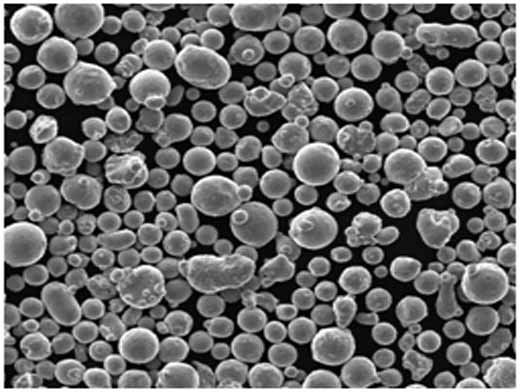
Comparison: Pros and Cons
| Aspect | Advantages | Limitations |
|---|---|---|
| Thermal Resistance | Survives extreme conditions. | Processing equipment limitations. |
| Corrosion Resistance | Excellent in harsh environments. | Costly due to rare elements. |
| Strength | Exceptional mechanical properties. | High density may limit applications. |
FAQs
| Question | Answer |
|---|---|
| What is WMoTaNbZr powder used for? | It’s used in aerospace, nuclear energy, medical devices, and 3D printing. |
| Why is it expensive? | The rarity of its elements and specialized processing add to its cost. |
| Can it be recycled? | Yes, but recycling processes are complex and require advanced technology. |
| How does it compare to standard alloys? | It outperforms in temperature tolerance and corrosion resistance but is costlier. |
| Is it safe for medical use? | Yes, specific grades like WMoTaNbZr-Med are designed for biocompatibility. |

